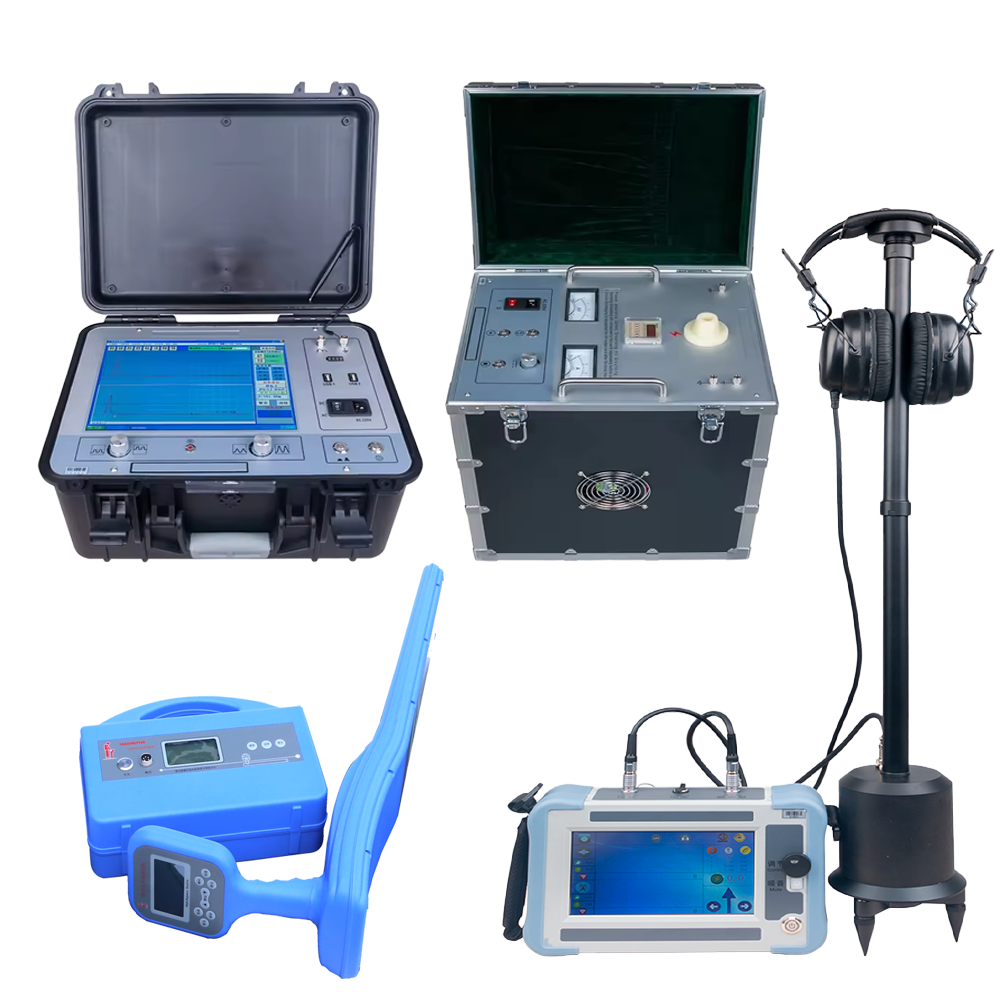How to detect the breakpoint of wires and cables?
In actual engineering maintenance and inspection, the most fearful thing for maintenance personnel is that they encounter breaks in wires and cables and cannot find where the breakpoint is. Although when we actually repair weak current projects, when we encounter cable problems, we will directly find ways to change the cables or re-lay them, but today we will discuss what technical methods can be used to detect the breakpoints of cables!
When the internal medium of a cable breaks, the exact location cannot be seen if the outside is covered with insulation. This applies to both strong and weak currents. Usually, the way to find the breakpoint is to troubleshoot in sections.
For example, if there is a blockage in the middle of a cable, you can measure it from two ends and three points in the middle. If there is a blockage on any side, take the middle point and measure it. In this way, you can quickly find the breakpoint location by narrowing the range of troubleshooting.
So under normal circumstances, what are the measurement methods to accurately measure the breakpoints of wires and cables?
1. Multimeter detection method
The first is to connect one end of the entire blocked cable to the strong live wire, and leave the other end empty. Set the multimeter to AC2V, start from the cable terminal, hold the tip of the black pen, and slowly move the red pen along the insulation of the wire. At this time, the voltage value displayed on the display is about 0.445V.
When the red test lead moves somewhere, the voltage displayed on the display suddenly drops to 0.0 volts, which is about one-tenth of the original voltage. The breakpoint is about 15cm forward from this position (the live wire access terminal).
2. Inductive pen detection method
An induction test pen is a device with an electronic screen that can detect voltage and continuity. First rule out that the cables around the breakpoint cable have power, then connect the cable with the breakpoint to the live wire, hold the electric pen perpendicular to the wire, press and hold the "Induction Breakpoint Test" button and slowly move forward on the wire, and wait for the test pen to detect When the AC signal suddenly disappears, it can be judged that the breakpoint is at the detection point, and the error does not exceed 10cm at most.
It should be noted that the cables surrounding the breakpoint wires cannot carry power. Another reminder is that this method is not a panacea. Short cables have obvious effects, and longer cables have worse effects.
3. Use audio detector
The audio detector is an instrument that uses single frequency or complex frequency signals to test the continuity of the line and identify line faults. It can directly find the line when connected to any switch, router, or PC terminal. When tracing the cable line, there is no need to peel off the outer sheath of the line. It is simple and fast, and the location of the line breakpoint can be determined.
4. Cable fault tester

It is a comprehensive set of cable fault detection instruments. It can test cables for high-resistance flashover faults, high- and low-resistance grounding, short circuits, cable disconnections, poor contacts and other faults. If equipped with an acoustic measuring pointer, the precise location of the fault point can be accurately determined. It is especially suitable for testing power cables and communication cables of various types and voltage levels.
Click on the yellow font and we will have more cable fault solutions for you.
5. Broken line detection method
Connect one end of the broken wire to the black test lead of the multimeter and the other end to the red test lead. The multimeter shows resistance at 200Ω. Bend back and forth where the thread is most likely to break (such as a frequent bend point). If the multimeter shows on and off, this is the break point. If you still can't tell, you need to start bending the cable from one end until you find the break point. This method is suitable for shorter cables.
6. Acupuncture test
This method is a damage detection method. Insert steel needles into segments on the broken cable, and use a multimeter to measure the continuity between the steel needles and the end of the cable to determine the breakpoint of the cable.
It is not recommended to use it under normal circumstances, because it will damage the insulation layer and easily cause other problems in the later use of the cable, especially in environments with high humidity. This method uses the connection and disconnection of the cable to check the breakpoint of the cable.
7. Pulling wire detection method
This is also a damage detection method, which is generally not used in practice, but it is also listed together. Use a vise to pull out the broken wire at the end of the cable. If the breakpoint is near the end of the cable, the insulation The skin breaks easily. This method is used for cables where the breakpoint is near the cable end.
To measure the breakpoints of wires and cables, you can refer to several methods introduced today. If conditions permit, it is better to use instruments and equipment to improve work efficiency.




